I've previously looked at all sorts of military aircraft from combat aircraft to helicopters, and we now come to the grab bag of types that round out the current inventory of manned military aircraft.
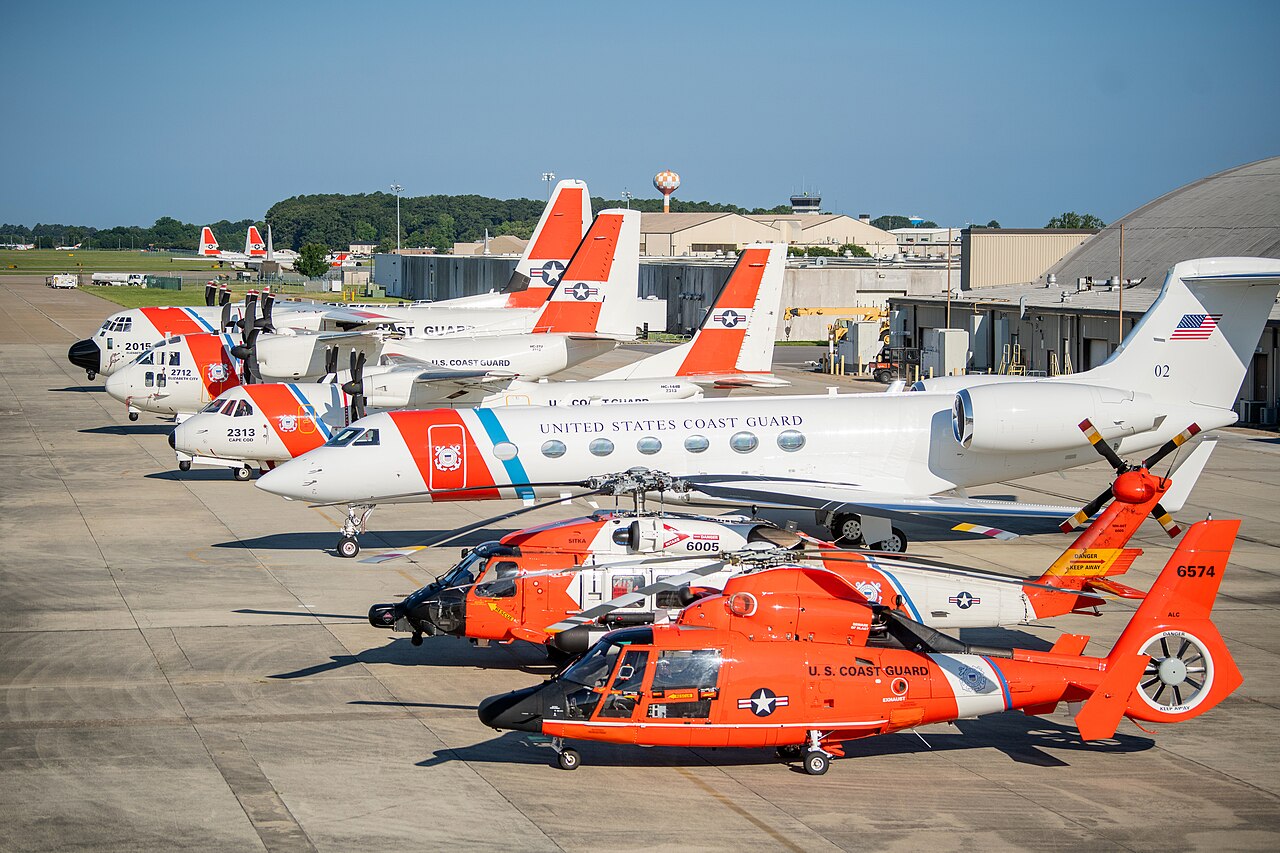
Maritime Patrol Aircraft
Oceans are big, and navies frequently have an intense interest in what is going on in them. For the last century or so, one of the best ways to discover this information has been the airplane, typically something fairly large so it can carry multiple crew and sensors. When techniques for hunting submarines from the air were developed, they were also given to these planes, which are typically converted airliners. They are also equipped to attack lightly-defended ships, although as converted airliners, you wouldn't want to use them against the enemy battle fleet.
P-3 Orion
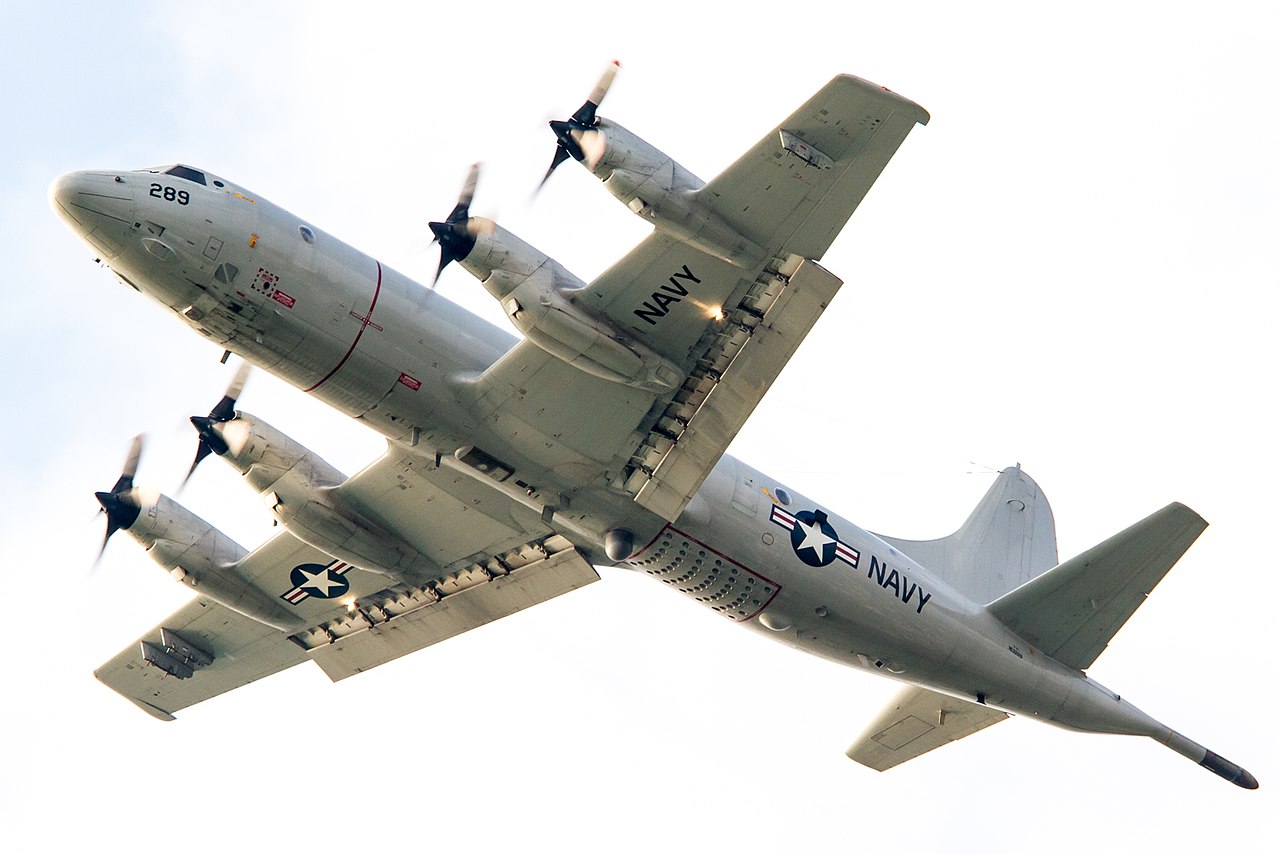
The standard Western MPA for basically the entire Cold War, the P-3 is now very much on its way out, remaining in service only with reserve squadrons and in the EP-3E ESM aircraft. A variant of the rather unsuccessful Lockheed Electra turboprop airliner, it is equipped to hunt submarines with sonobuoys and magnetic anomaly detector (MAD), while using radar and visual sensors to look for surface targets. Armament includes torpedoes (for killing submarines) and missiles such as Harpoon.
P-8 Poseidon

The P-3 is very long in the tooth, and the replacement was based on the ubiquitous Boeing 737 airliner. Changes in ASW mean it doesn't have the MAD that the P-3 does (although India had it installed on theirs) and it is generally expected to operate at higher altitude than the P-3, taking advantage of things like GPS-guided gliding torpedoes based on JDAM technology. The Poseidon is also intended to work with the MQ-4C Triton drone, which specializes in surface surveillance over extended periods. Over 100 are in USN service, and it's been an export success, replacing not only a large number of P-3s for various countries, but also the British Nimrod fleet. Can also be equipped with a fancy side-facing radar.
Rescue
Two services maintain extensive fleets of rescue aircraft. First, the Coast Guard, whose mission overlaps more than a bit with maritime patrol, although closer to the coast and with less worry about submarines and needing to shoot at people. Second, the Air Force, which unlike every other service feels the need to have a dedicated fleet of fixed-wing aircraft and helicopters to pluck downed pilots out of danger, instead of just using what they have for other missions. This probably has something to do with all of the senior Air Force people being pilots. For some reason, the letter H is used as a prefix for rescue aircraft, including fixed-wing aircraft.
HC-130
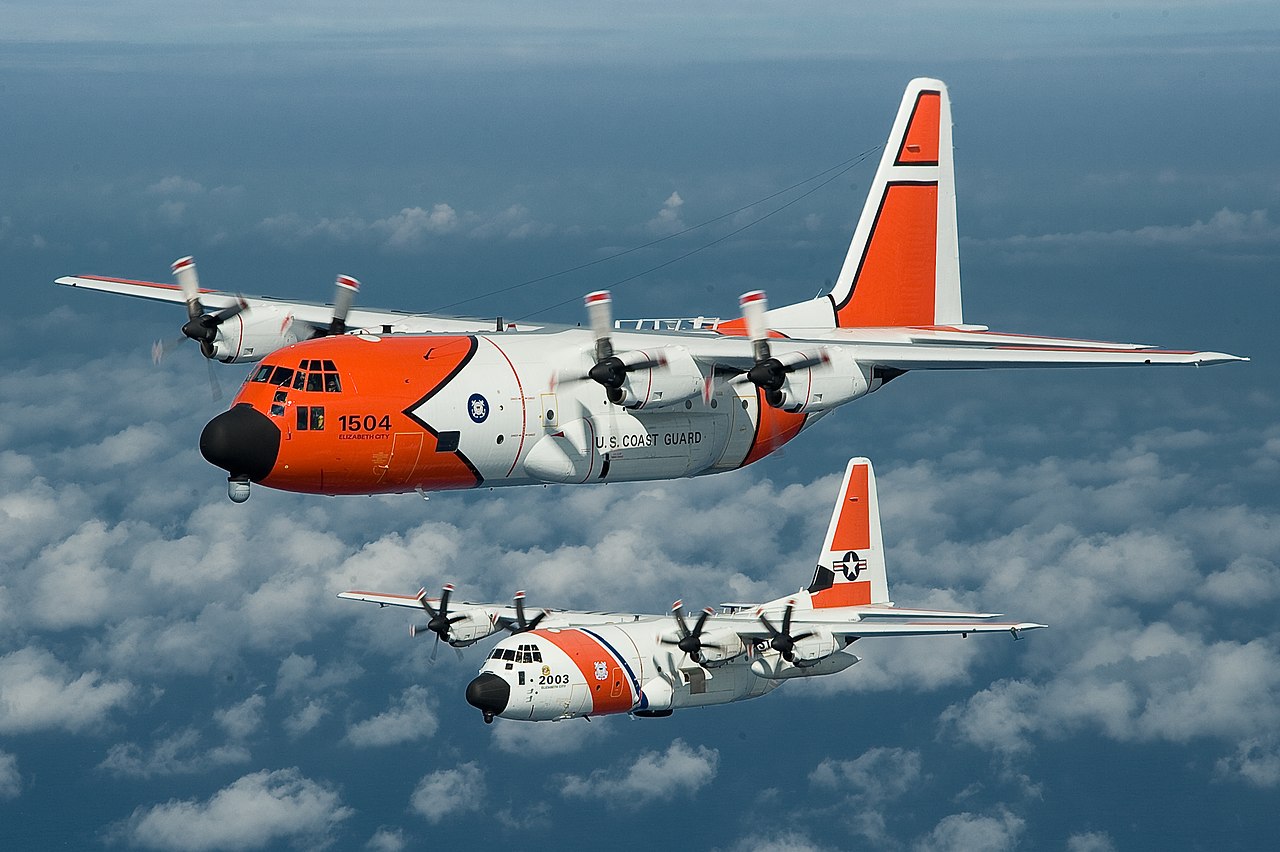
Both Air Force and Coast Guard operate rescue versions of the C-130 Hercules, although for very different reasons. The Air Force version, designated Combat Shadow or Combat King, is primarily used for inflight refueling of rescue helicopters, although it can also serve as a command post for rescue operations or a platform for searching for people on land. The Coast Guard version is intended to search for things at sea, be they drug runners, mariners in distress, or icebergs, with the aid of special windows, fancy radar, and tubes for dropping flares.
HC-27 Spartan
The Air Force acquired the C-27J Spartan as a small transport in the late 2000s, before suddenly deciding that they didn't want any and sending the planes to the boneyard. Some of them ended up with SOCOM, doing weird special forces stuff, while the Coast Guard got the rest, which they use as a shorter-range version of the HC-130.
HC-144 Ocean Sentry
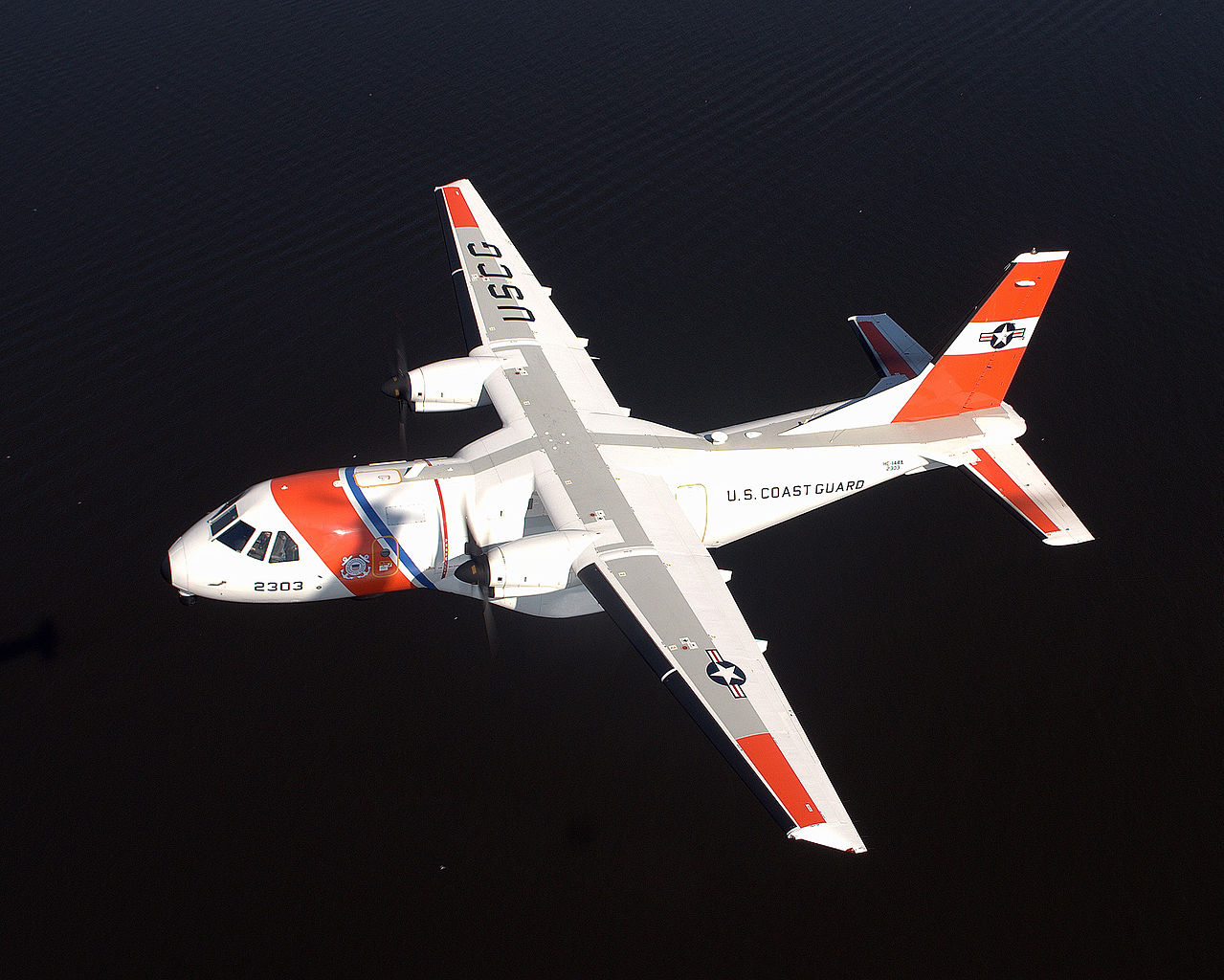
Of course, the HC-27 wasn't just added to the Coast Guard inventory, and they ended up replacing about half of the planned buy of HC-144s. This was a very similar aircraft, based on the Spanish CN-235 light transport, modified with the systems you would expect of a long-range Coast Guard aircraft, like radar and fancy cameras.
MH-60 Jayhawk
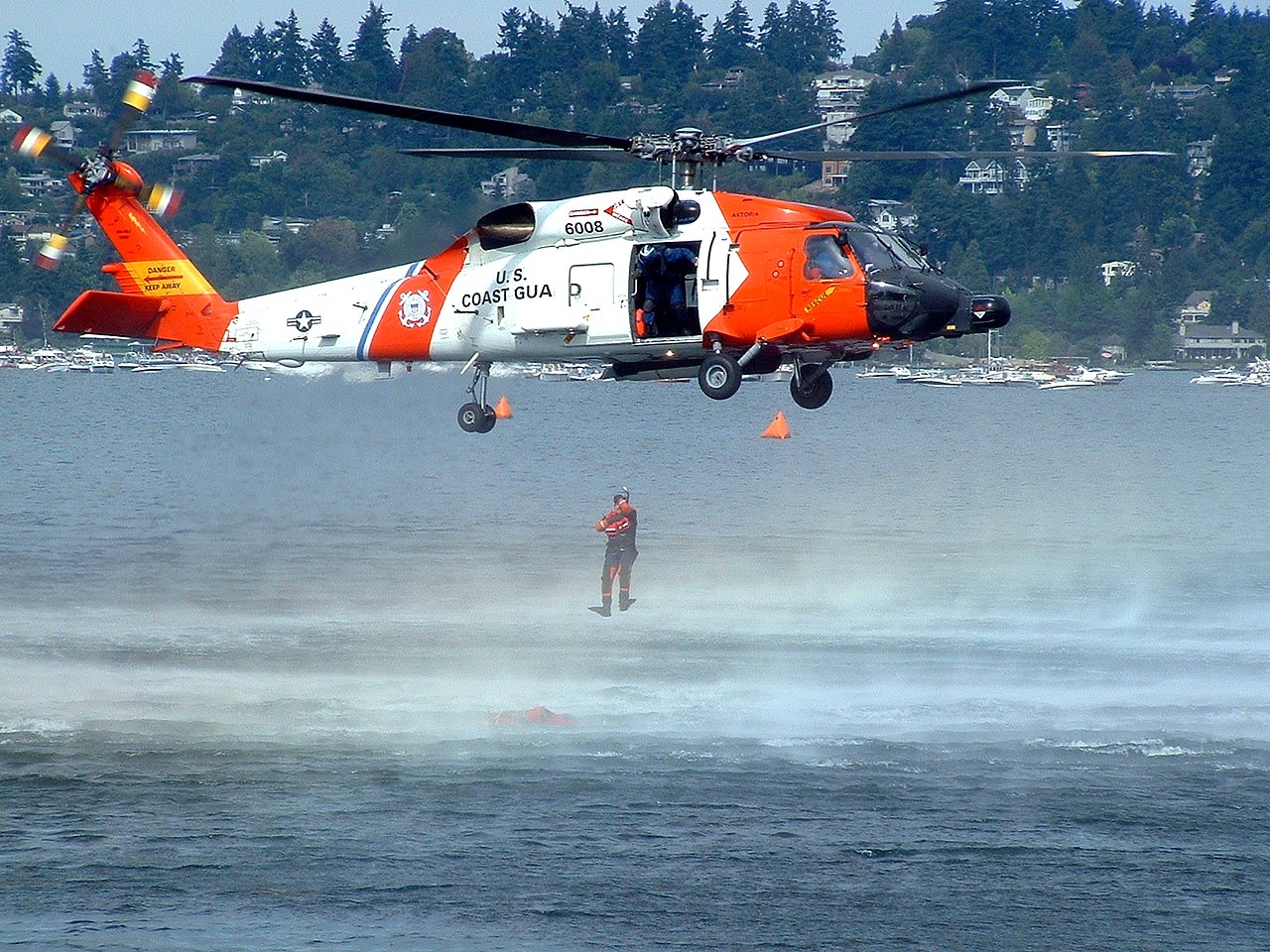
The Coast Guard's primary rescue helicopter is another version of the ubiquitous H-60, equipped with a rescue winch and a weather/search radar in a distinctive nose. It's also fitted with more fuel than normal, allowing it to spend an hour and a half conducting search operations 300 miles from its base. A notable rescue took place in December 2000, when a Jayhawk plucked 26 sailors off of a sinking ship, so many in fact that the total count was not known until they landed and unloaded.
MH-65 Dolphin
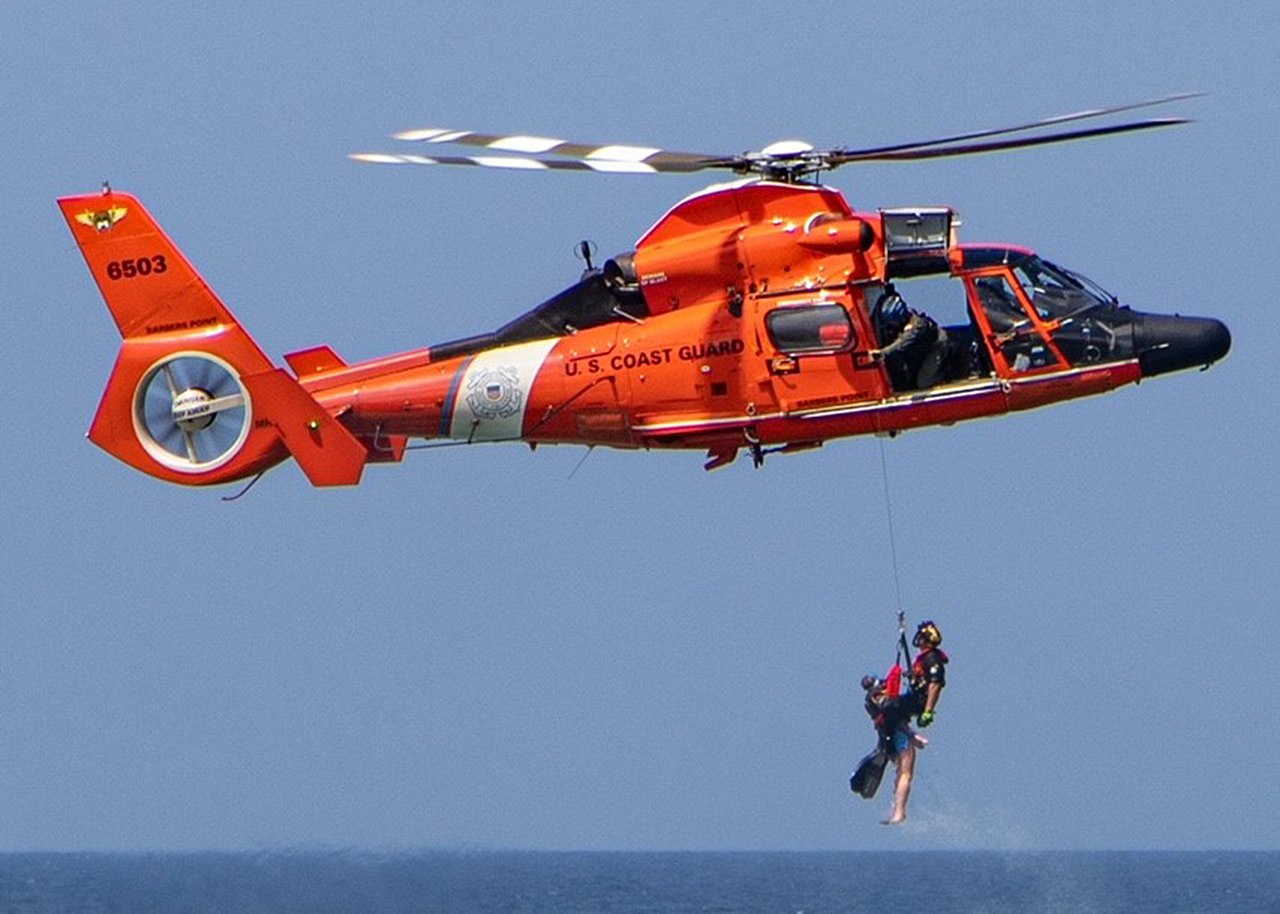
For shorter-range missions, the Coast Guard also operates the MH-65, based on the Eurocopter AS365. Besides plucking boaters out of the drink and looking for bad guys, the Dolphin is also used by a squadron specializing in chasing down the boats of drug runners and shooting out their engines with a .50 cal rifle, and patrols the airspace around Washington DC.
HH-60 Pave Hawk
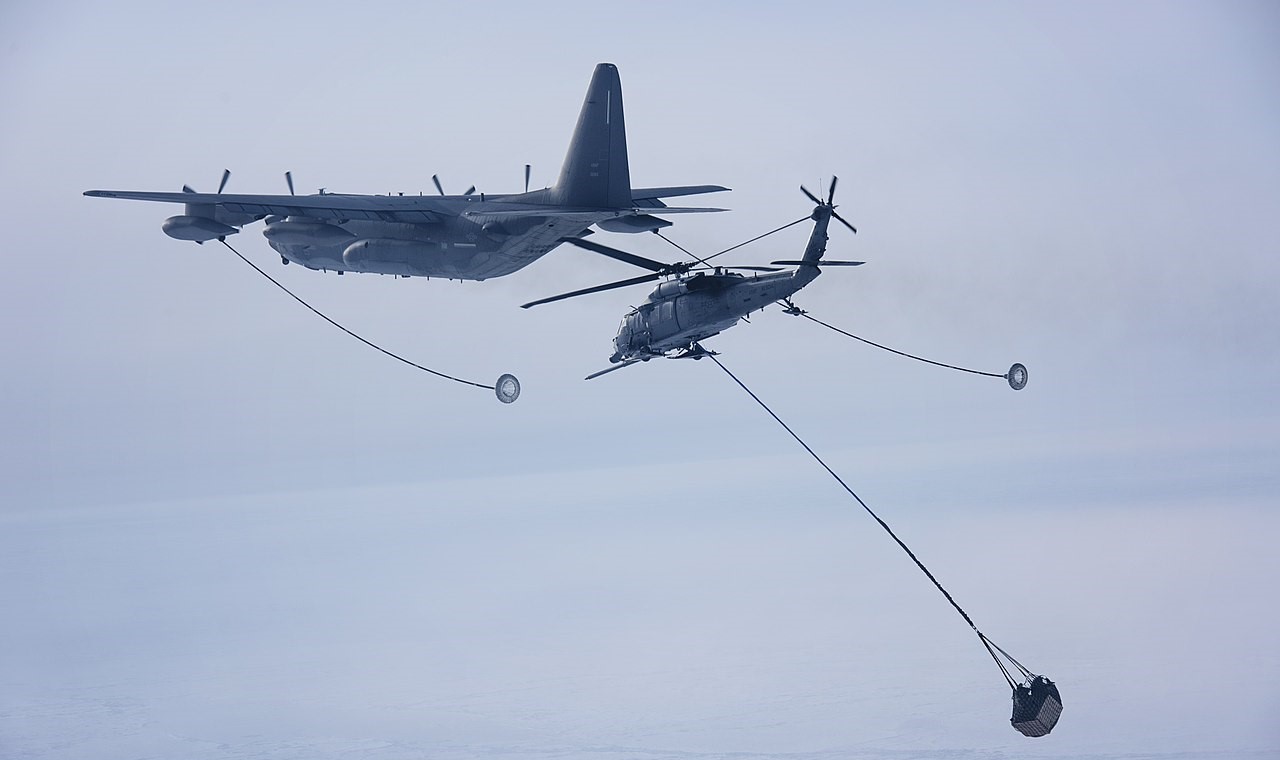
The Air Force operates a fleet of special ops H-60s, for the missions of inserting and recovering special forces personnel and combat search and rescue (CSAR). Modifications include an in-flight refueling probe, winch, weather radar, IR camera system for operations at night and rotor deicing system for all-weather operations.
Reconnaissance
Not all questions about what the other side is doing can be answered by electronic means, and sometimes you need to put a camera overhead and take a look. This role is increasingly being done by drones (a topic for another time) but there are still a few manned aircraft hanging on today.
U-2/TR-1
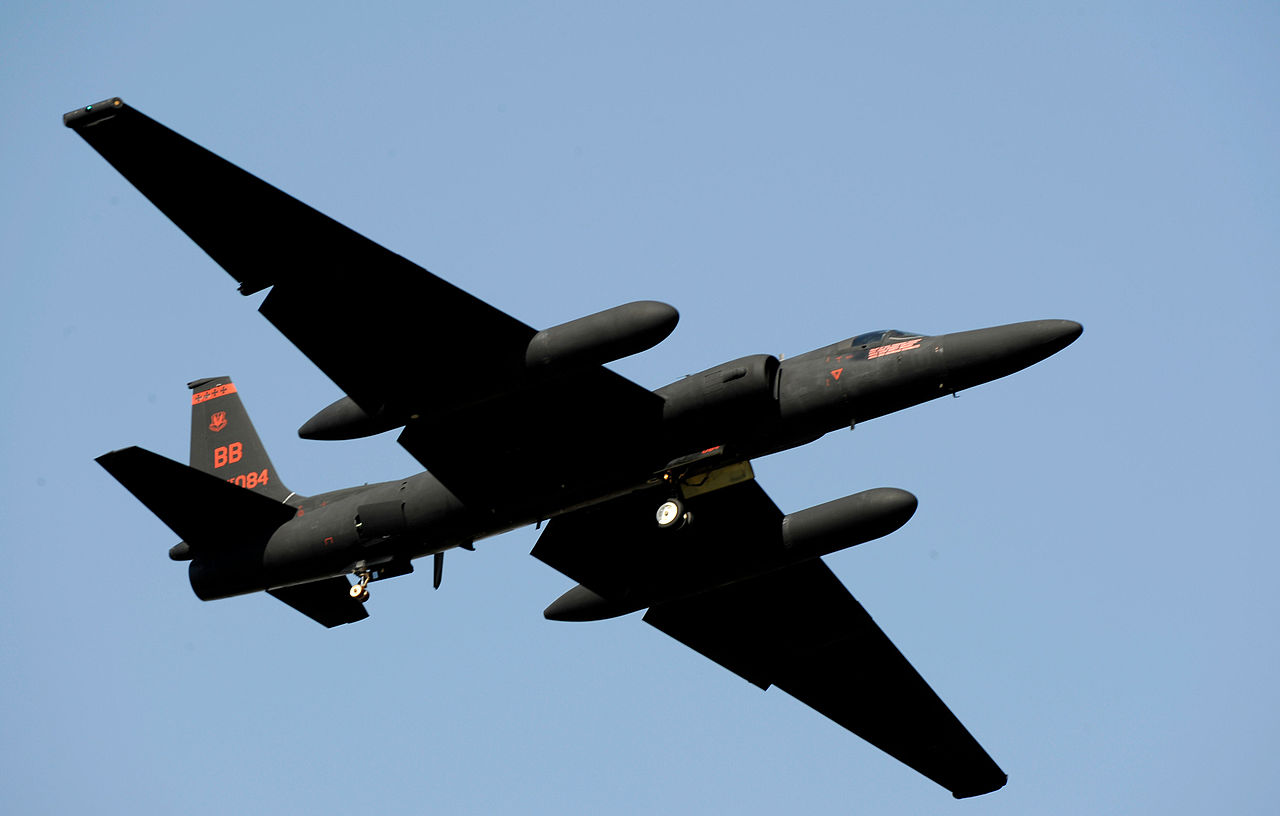
The venerable U-2 is another holdover from the 50s, designed to photograph the Soviet Union from an altitude so high that fighters couldn't reach it. This worked for a few years, but the Soviets eventually managed to shoot one down, sparking a major diplomatic incident. That put an end to overflights of the Soviet Union, but the U-2 has soldiered on as the highest-flying aircraft in the US inventory, carrying various payloads for both the Air Force and NASA. Sadly, the end appears to be in sight for the U-2, with plans for its retirement being made in the next few years in favor of drones.
Weather Reconnaissance
The military has various needs to observe atmospheric conditions, both to support civilian meteorology and for more obscure purposes. The former role is handled by Air Force WC-130s and NOAA WP-3s, while the latter is the role of the WC-135 Constant Phoenix, which searches the upper atmosphere for traces of material from nuclear testing.
Trainers
Lastly, there's the task of teaching people to fly airplanes, which is generally done on something cheaper and easier to fly than the final operational aircraft, although the US military being the US military, even basic flight training is done on planes that are more sophisticated and powerful (and expensive) than most private pilots ever fly. Final training is done in the jet they will actually fly, and there are two-seat versions of most single-seat jets to help ease the transition, although this has been less of a thing recently, with the F-22 and F-35 being single-seat only. Given the historical utility of two-seat fighters, this seems like a bad idea.
T-6 Texan II
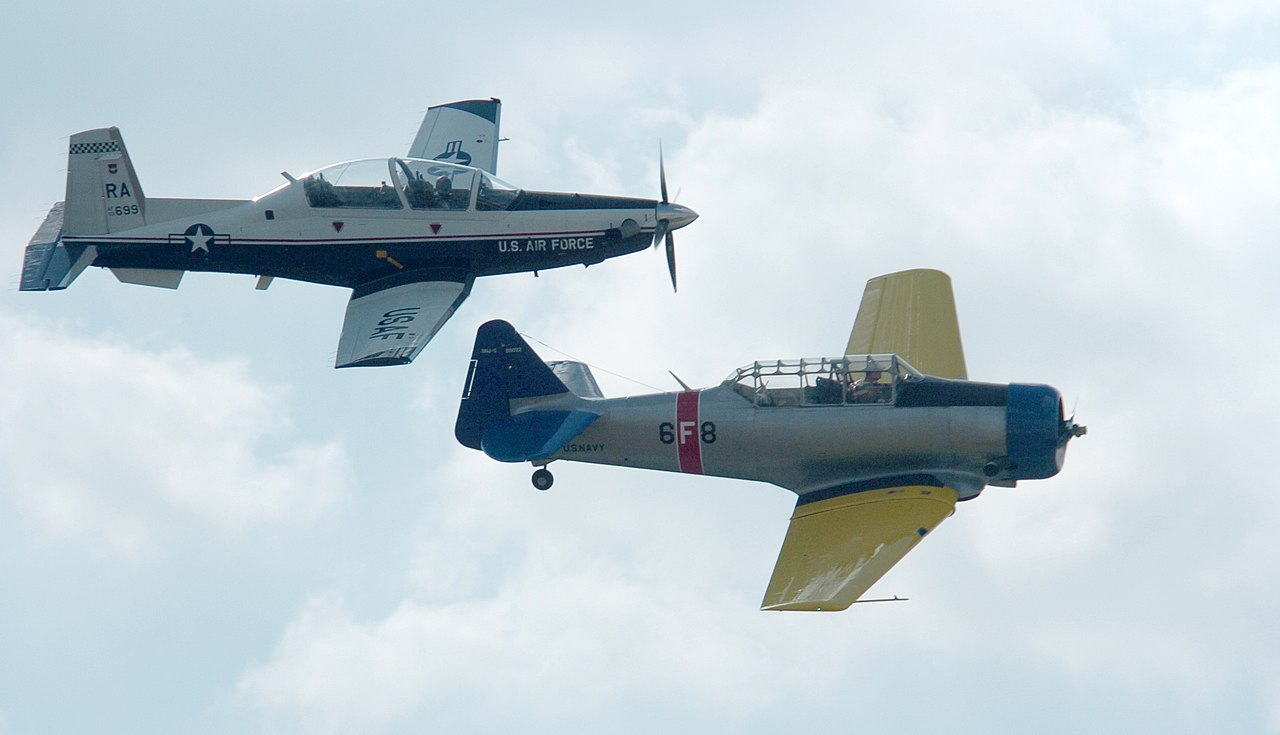
Not the trainer of WWII fame, but a version of the Pilatus PC-9 built by Beechcraft, this is used for basic fixed-wing flight training for all of the services. A high-performance turboprop, it has two tandem seats with dual flight controls to allow someone who knows how to fly to teach someone who doesn't know the basics.
T-38 Talon
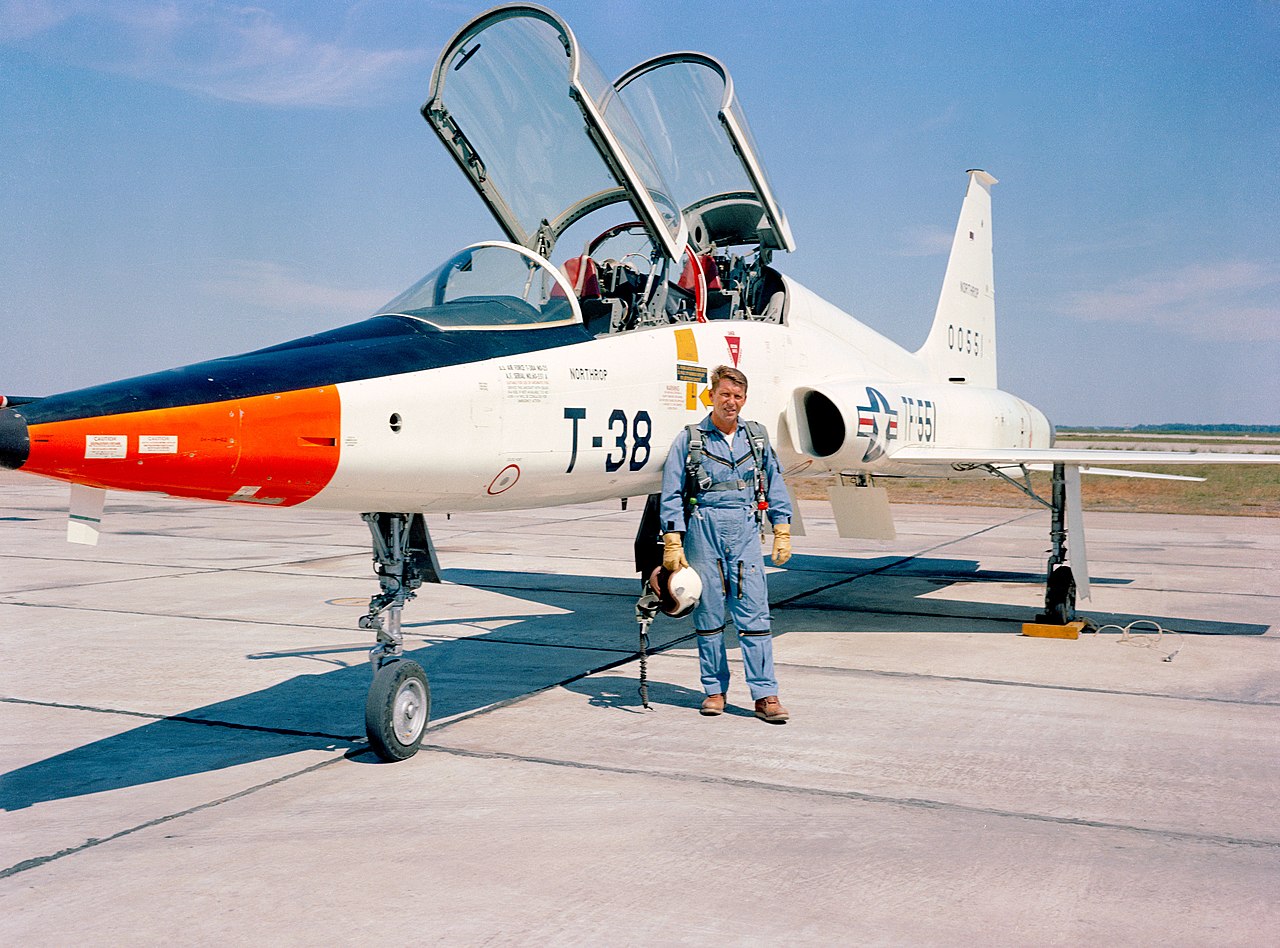
The Air Force's high-performance trainer, the T-38 dates back to the 60s and was the world's first supersonic trainer. Today, everyone destined for a fighter or bomber will learn to fly jets in one. It soldiers on today despite growing increasingly arthritic, although work is underway to replace it with the T-7 Red Hawk, a newly-developed trainer that isn't supersonic but is much cheaper to operate. Unfortunately, delays in that program have forced the T-38 to remain in service. It has been widely exported, and also formed the basis of the successful F-5 fighter, some of which are used by the US military as adversaries in combat training.
T-45 Goshawk
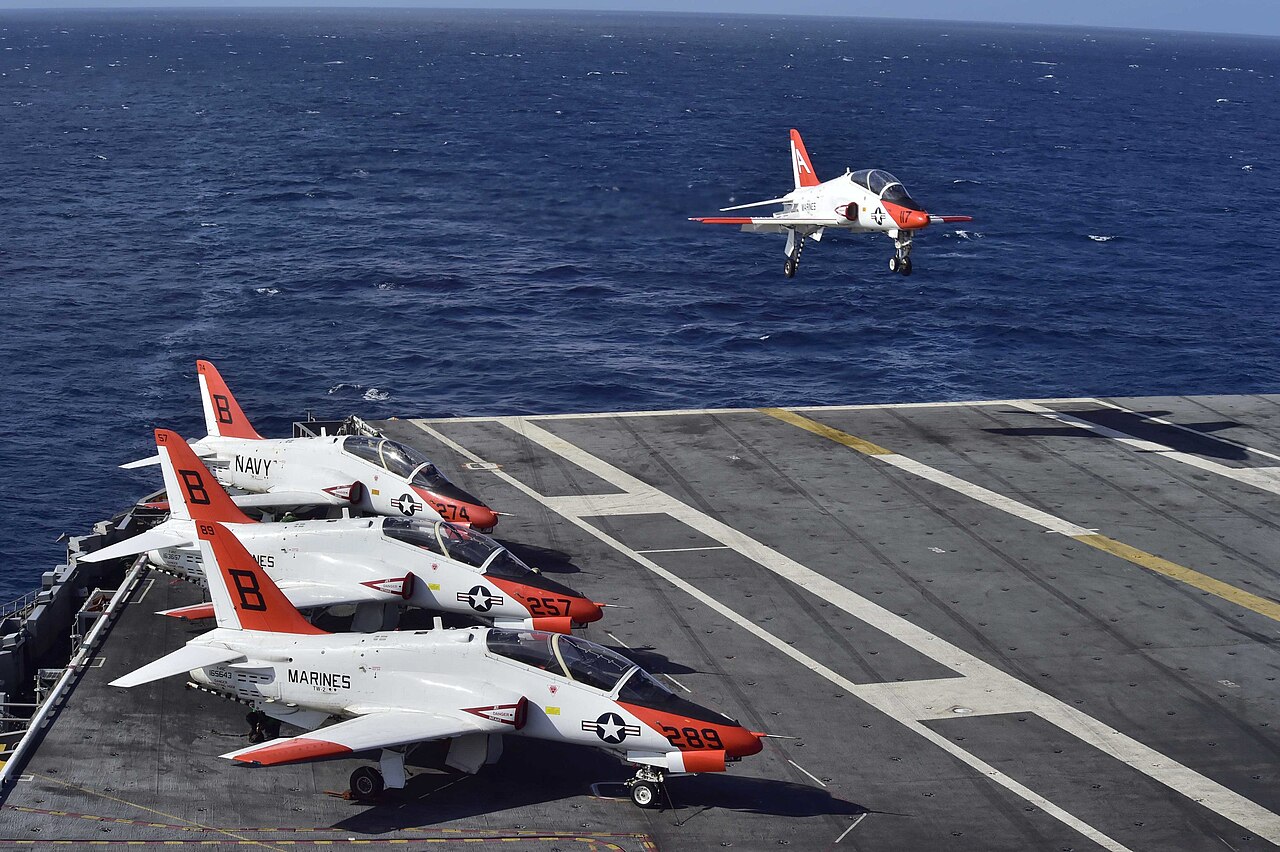
The Navy's equivalent of the T-38, which was unable to meet the Navy's requirement that it be able to land on an aircraft carrier. A derivative of the BAe Hawk, it was reworked to give it better low-speed handling, a tailhook and the structural changes to survive the battering of catapult launches and arrested landings. The fleet is significantly more recent than the T-38, and serves as the main jet trainer for future Navy and Marine fighter pilots. The search for a replacement is underway, although it appears that this aircraft will only be required to make touch-and-go landings on carriers.
T-1 Jayhawk
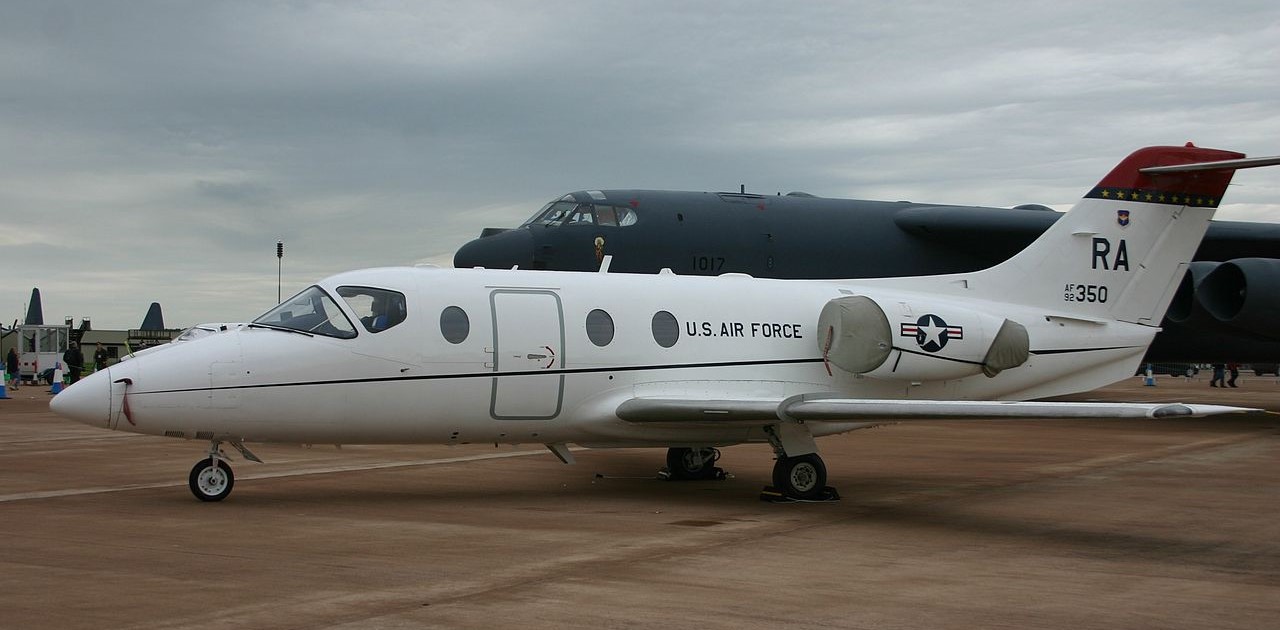
Unrelated to either the MH-60 Jayhawk or the T-45 Goshawk, the T-1 is a modified version of the Hawker 400 business jet, used by the Air Force for training students who will go on to fly transports or the like. The Navy has its own training program for pilots destined to go on to similar planes, using King Airs, and also supports Marine Corps and Coast Guard training.
Training Helicopters
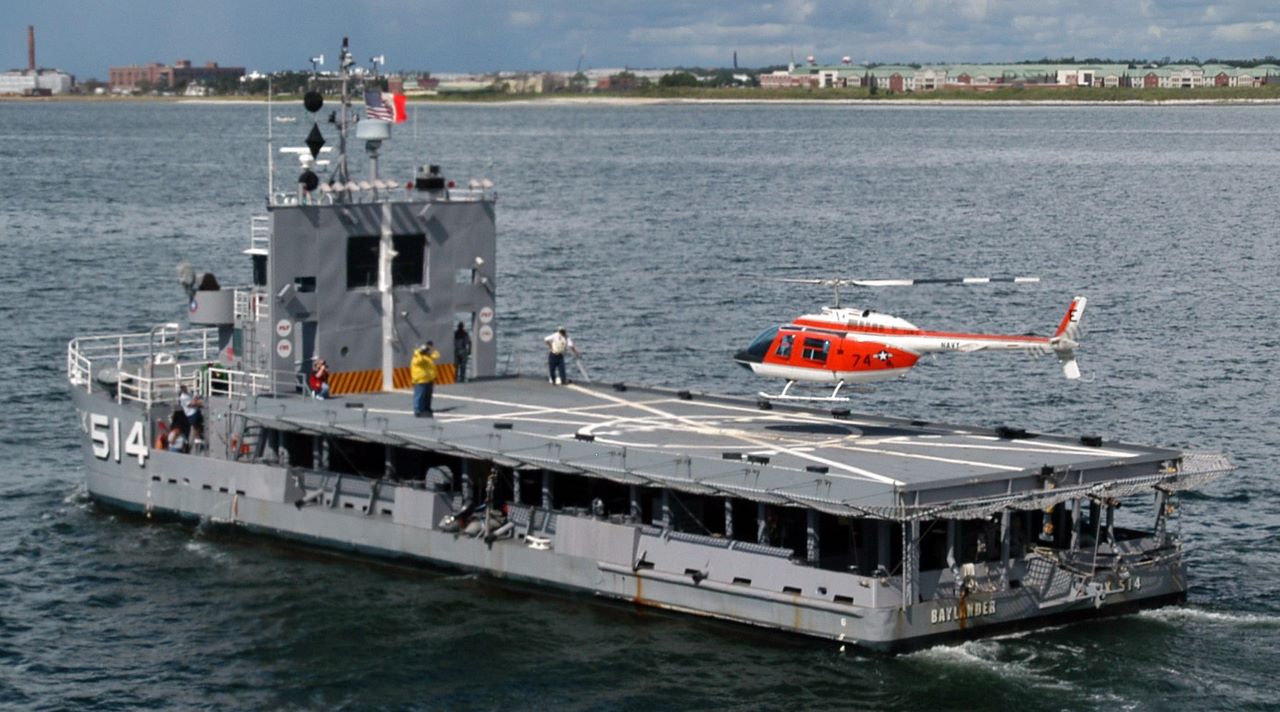
The Army and Navy both use versions of the Bell 206 JetRanger for helicopter flight training, although for unknown reasons, the Navy calls theirs TH-57 SeaRangers while the Army designation is TH-67 Creek. The Air Force helicopter school is colocated with the Army's at Fort Novosel (formerly Fort Rucker) but for reasons that defy explanation, they use TH-1H Hueys, soon to be replaced by MH-139s.
Other Stuff
The list here isn't entirely comprehensive, as the US military does a lot of stuff, much of which involves airplanes. These range from utility aircraft supporting military parachute teams to planes to make sure missile impact areas are clear of wandering boats to ski-equipped C-130s for Antarctic support. But a couple of sub-roles deserve a bit more discussion.
Special Operations
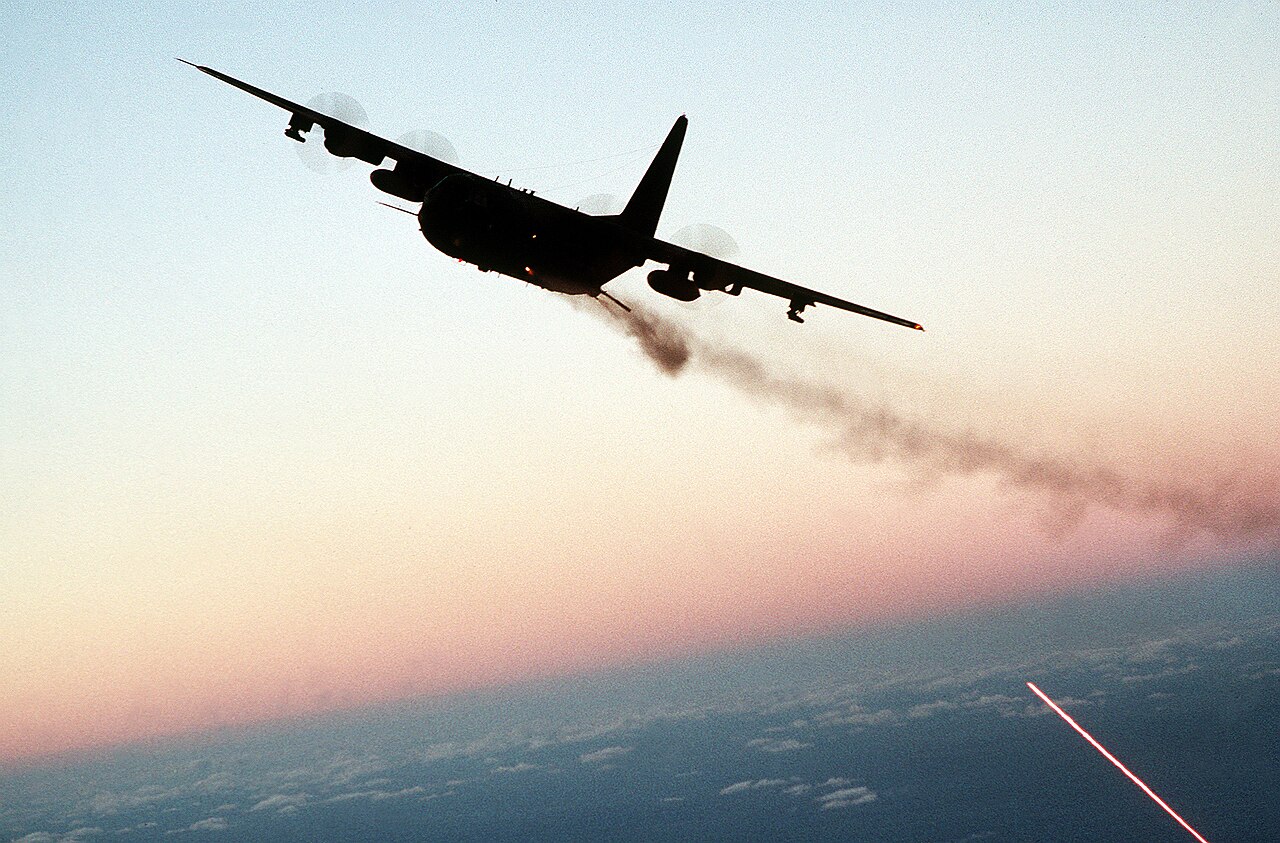
The US military's fascination with special operations has led to a lot of weird variants of existing planes over the years. I've mentioned some of them in passing, but worth a very brief look at Air Force Special Operations Command. Besides flying a weird variety of foreign transport aircraft to move stuff around and help train people who are still operating Soviet-bloc aircraft, it has several C-130 variants, including the infamous AC-130 gunship (equipped with a 105 mm howitzer and, more importantly, guided bombs and missiles), MC-130 transports for flying around at night at low level and dropping people off and CV-22 Ospreys, for when you might need to pick people up, too. The Army's 160th Special Operations Aviation Regiment has modified MH-60s and MH-47s, as well as the MH-6/AH-6 "Little Bird", all set up for operations at night and in bad weather if they need to move people about.
Adversary Aircraft
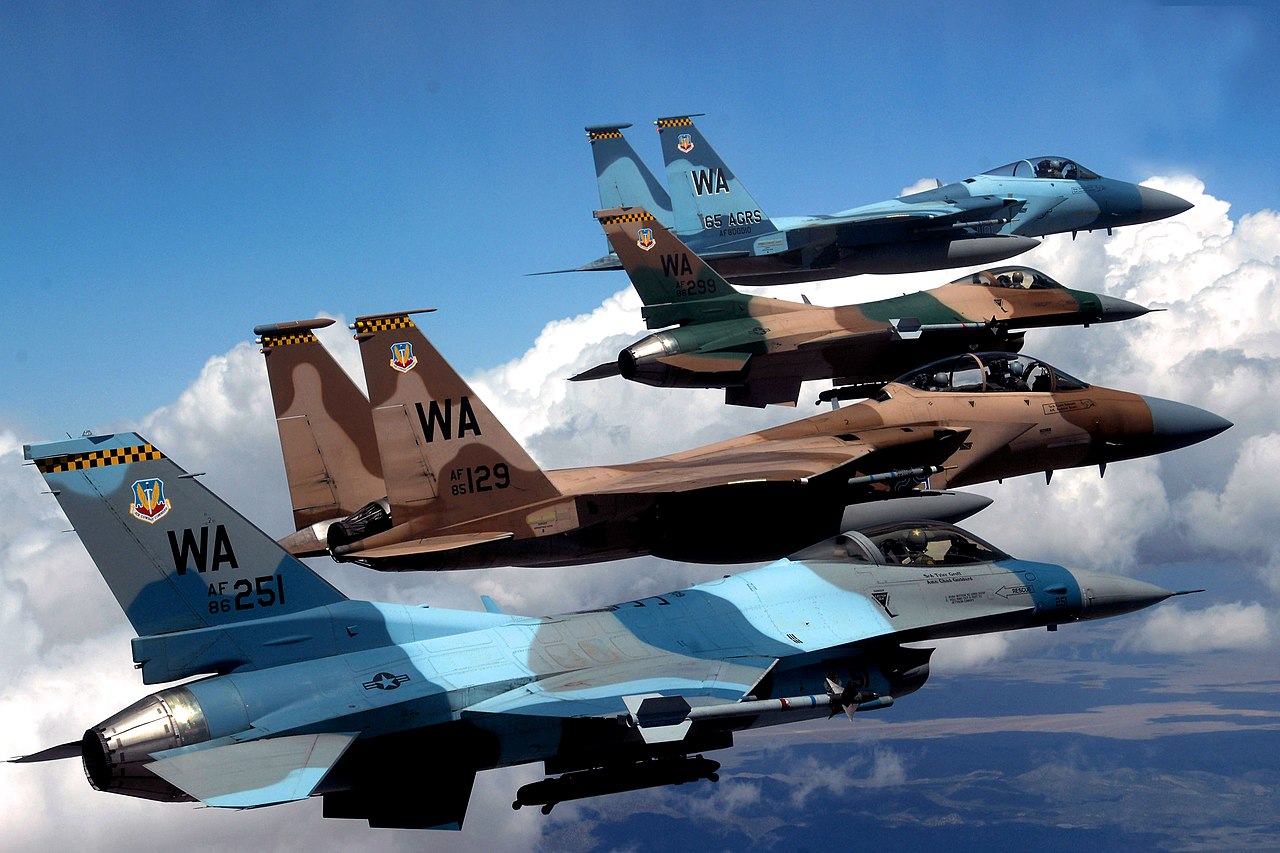
One of the lessons learned during the Vietnam War was that not all planes are alike in air combat, and that while it is easiest to just train against planes from your squadron, this can leave you unprepared when you find yourself up against something different. As a result, there is an active program of adversary squadrons for "Dissimilar Air Combat Training", people flying (probably) different planes and using different tactics. A wide variety of stuff is used for this, often F-16s, but also F-18s, F-5s and even F-35s, all painted in rather different schemes than the US typically uses. An even wider variety of aircraft are provided by contractor companies, ranging from retired tactical aircraft to modified business jets for electronic warfare training. During the Cold War, there was also an active program to acquire Soviet-bloc aircraft and fly them for tactical development, although this has purportedly ended.
This brings our discussion of American manned military aircraft to an end, although there is the obvious question of what comes next. Specifically, the field of unmanned aircraft, which has been growing rapidly in importance over the last decade or so.

Comments
I wonder why NOAA are replacing their P3s with C-130s. P8s too expensive?
My guess is that the C-130 is a better airplane for running around in rough air. The 737NG is pretty optimized for low operating cost, which means light weight. The C-130 is much less so. (I suspect this ties in with the high-altitude focus of the P-8.)
U-2s were always a trip to catch on radar; "gee, I wonder what this thing do racetracks at >50K ft could be".